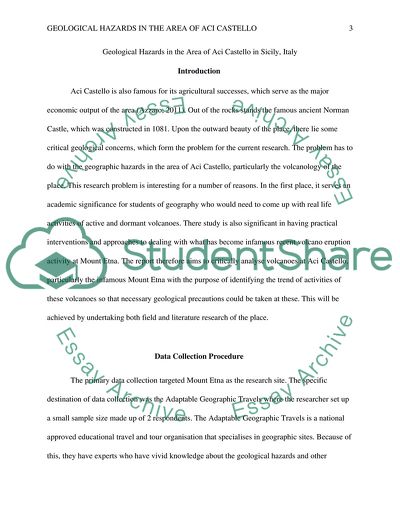Cite this document
(“Geological hazards in the area Aci Castello in sicily in Italy Essay”, n.d.)
Geological hazards in the area Aci Castello in sicily in Italy Essay. Retrieved from https://studentshare.org/physics/1648410-geological-hazards-in-the-area-aci-castello-in-sicily-in-italy
Geological hazards in the area Aci Castello in sicily in Italy Essay. Retrieved from https://studentshare.org/physics/1648410-geological-hazards-in-the-area-aci-castello-in-sicily-in-italy
(Geological Hazards in the Area Aci Castello in Sicily in Italy Essay)
Geological Hazards in the Area Aci Castello in Sicily in Italy Essay. https://studentshare.org/physics/1648410-geological-hazards-in-the-area-aci-castello-in-sicily-in-italy.
Geological Hazards in the Area Aci Castello in Sicily in Italy Essay. https://studentshare.org/physics/1648410-geological-hazards-in-the-area-aci-castello-in-sicily-in-italy.
“Geological Hazards in the Area Aci Castello in Sicily in Italy Essay”, n.d. https://studentshare.org/physics/1648410-geological-hazards-in-the-area-aci-castello-in-sicily-in-italy.


